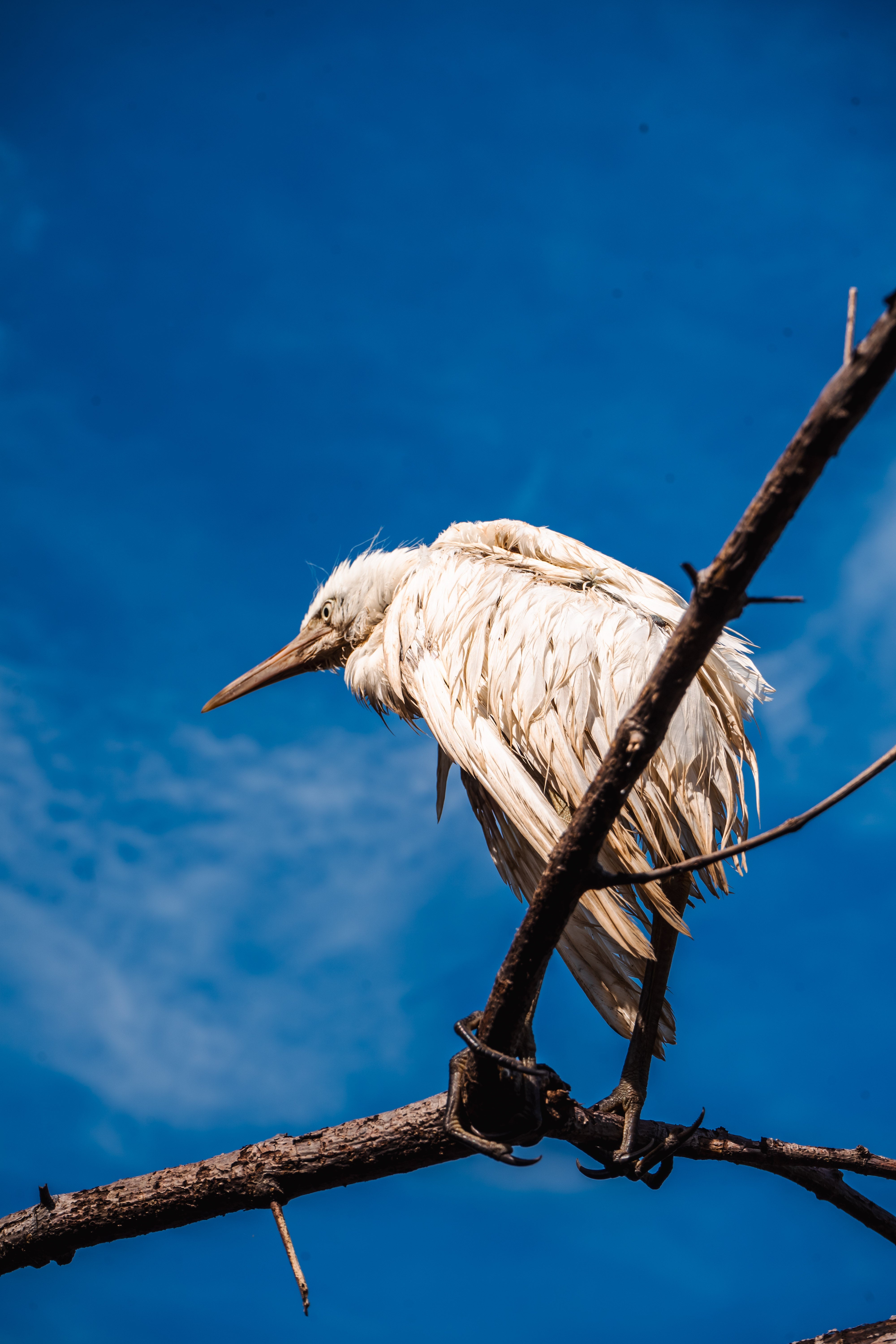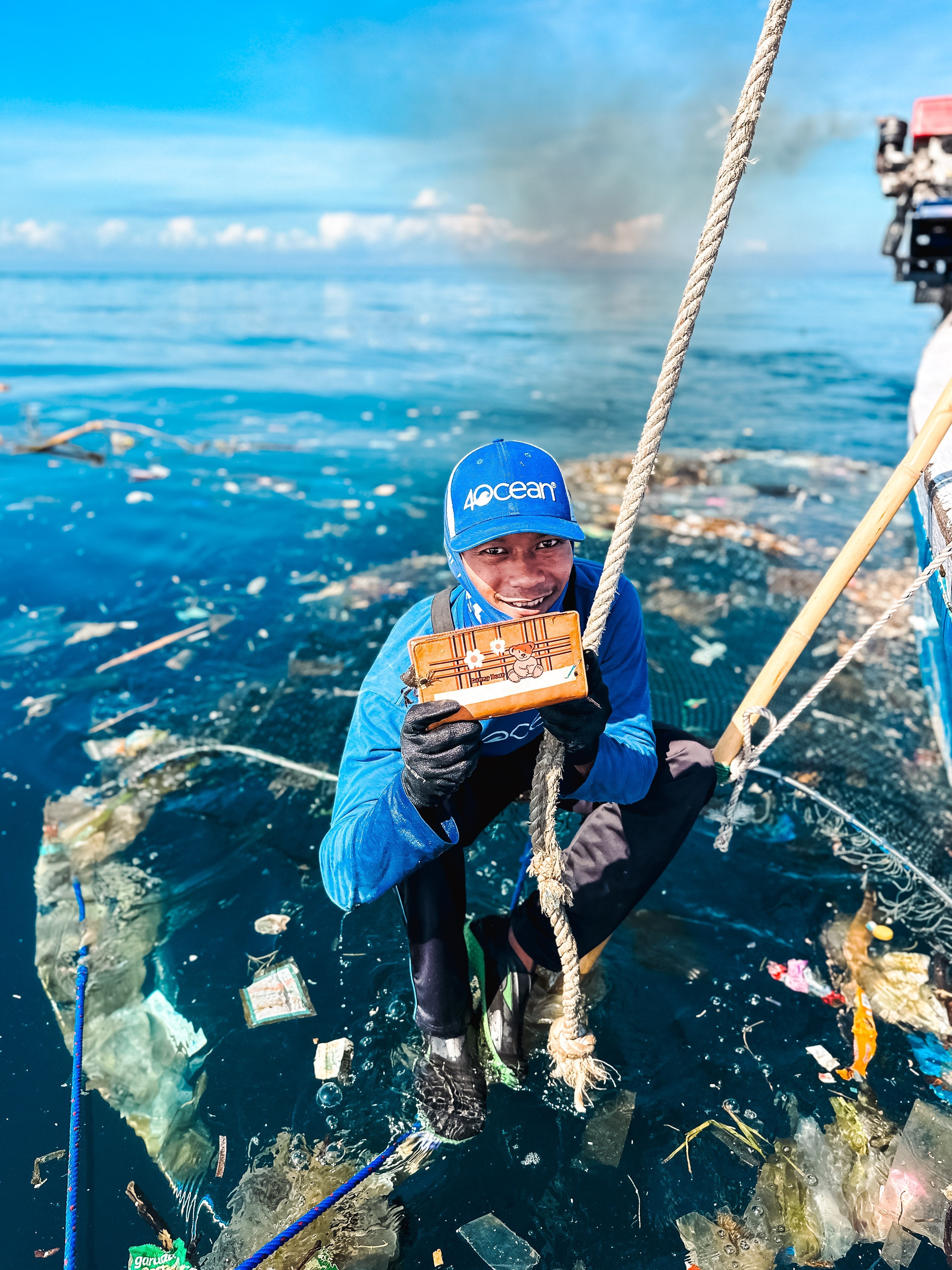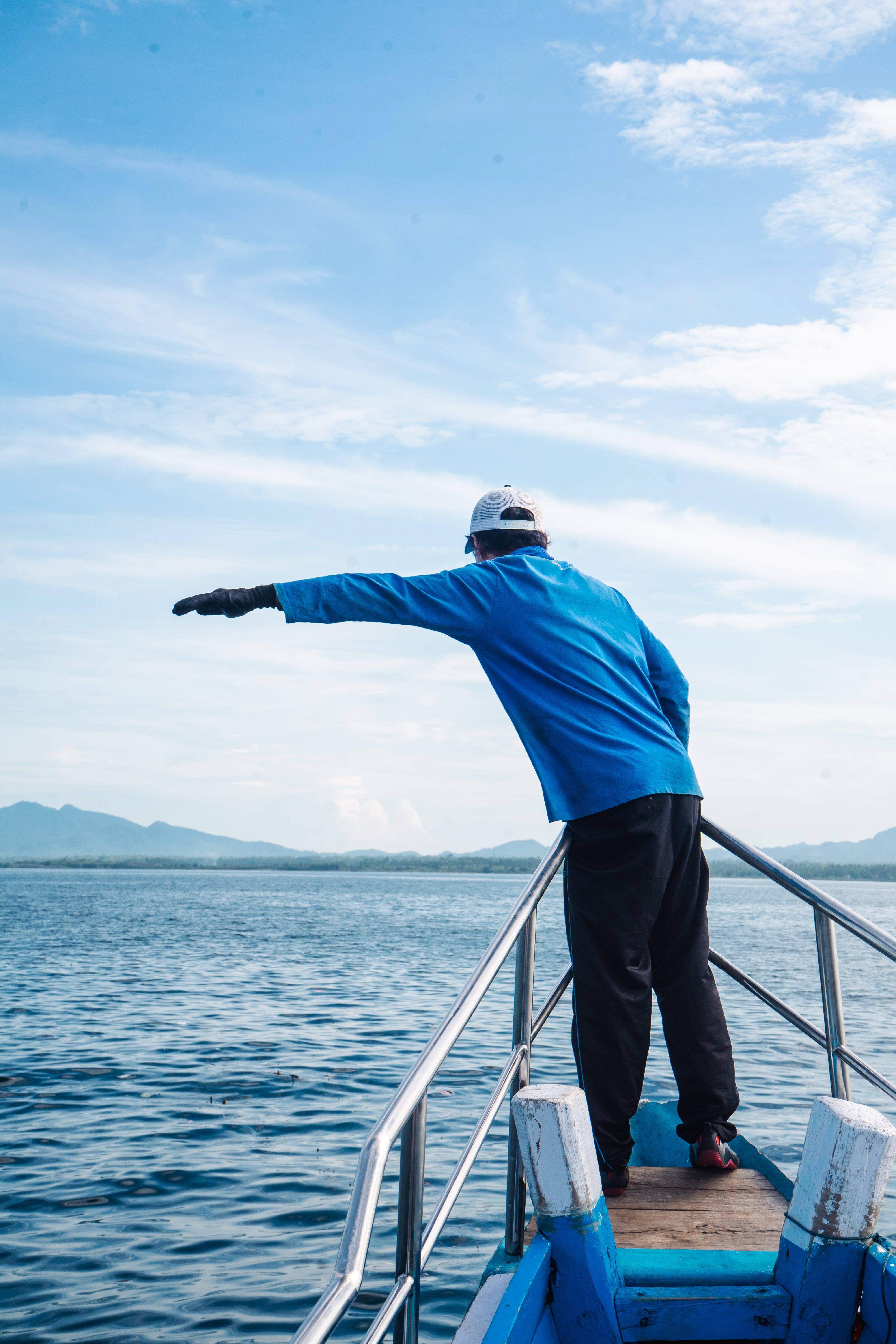5 MIN READ
05-05-2025
Saving the Mangroves: Cleanup Mission at Teluk Terima
Ahmad Fasta, 4ocean Jembrana Content Correspondent
This morning, as the sun rose over Bali’s northern coastline, the 4ocean Jembrana team geared up for a mission unlike most. After a short briefing, nine crew members packed into transport vehicles and made their way to Teluk Terima Beach—an hour’s journey that would take them deep into one of the region’s most delicate ecosystems: the mangrove forests.
When they arrived, the reality hit hard. Plastic bottles, old wrappers, discarded sacks, and torn ropes were embedded in the thick mangrove roots. Some of the debris had clearly been there for months, if not years. More surprising than the waste itself, however, was the quiet dedication of the people living nearby. Even before 4ocean set foot on this shoreline, the community had been conducting twice-monthly cleanups on their own.
“We’re really thankful for the help from the 4ocean team in cleaning up our beach,” said one local resident. “We’ve been trying to keep the area clean on our own, but with 4ocean’s support, it feels a lot more manageable—especially with all the trash piling up around the mangroves.”
Navigating the twisted terrain of the mangroves was no easy feat. The team had to dig into deep mud and snake through dense root systems—all while taking care not to damage the fragile trees. Old fishing nets and even car tires had become lodged in the root beds, posing serious threats to the survival of the mangrove forest.
By the end of the day, the team had removed 1,828.48 pounds of trash from the mangrove area. Most of it was plastic—bags, bottles, food wrappers—but the team also pulled out large items like ropes, sacks, and rubber tires.

Mangrove Restoration Collection
By purchasing this product, you will remove 3 pounds of trash from the world’s oceans, rivers, and coastlines
Shop Now - Clean the Ocean Beyond the numbers, this cleanup underscores something more urgent: mangroves are among the planet’s best natural protectors. They guard coastlines from erosion, act as carbon sinks, and provide safe habitat for marine life like fish, birds, and crabs. But when plastic accumulates, it suffocates these ecosystems—blocking light, stunting growth, and damaging biodiversity.
Despite the thick mud, tight roots, and buried waste, the crew didn’t lose morale. If anything, they left even more determined. As one team member put it, “Working in the mangroves reminds you why we do this. Every piece of plastic we pull is one less threat to something irreplaceable.”














